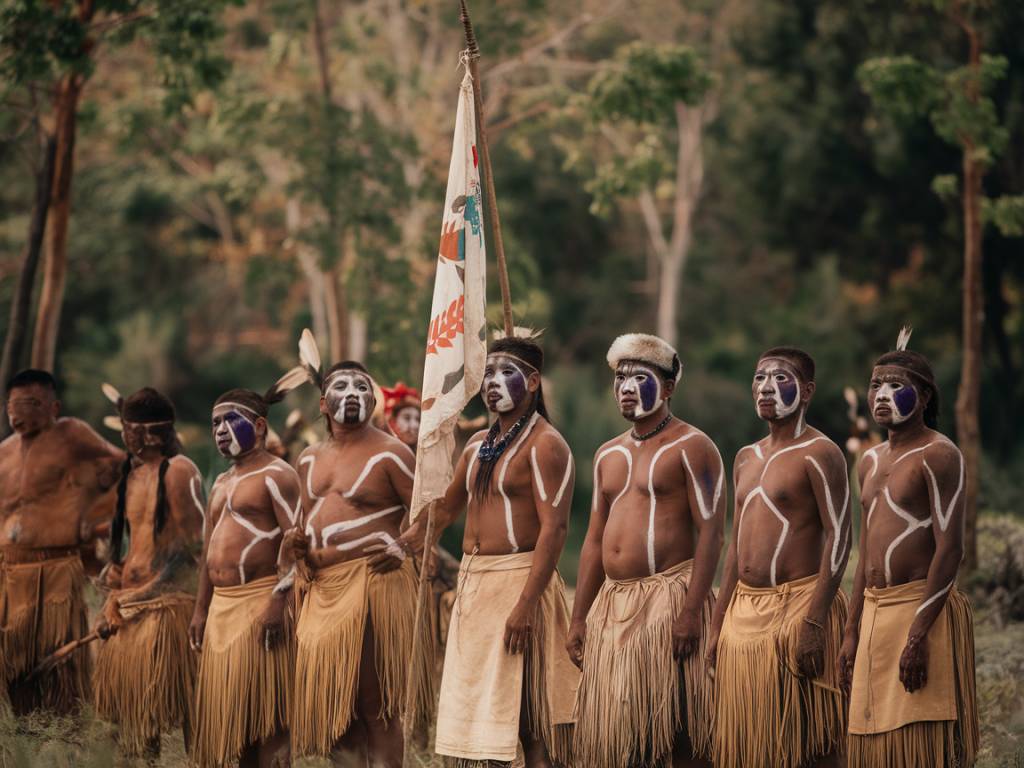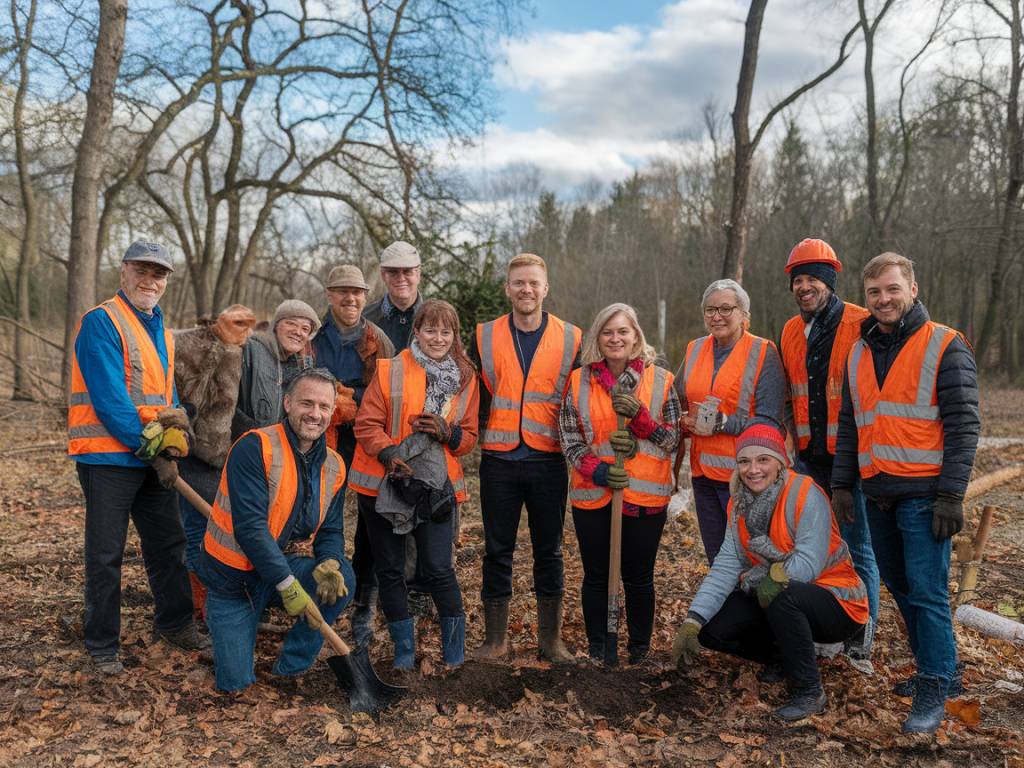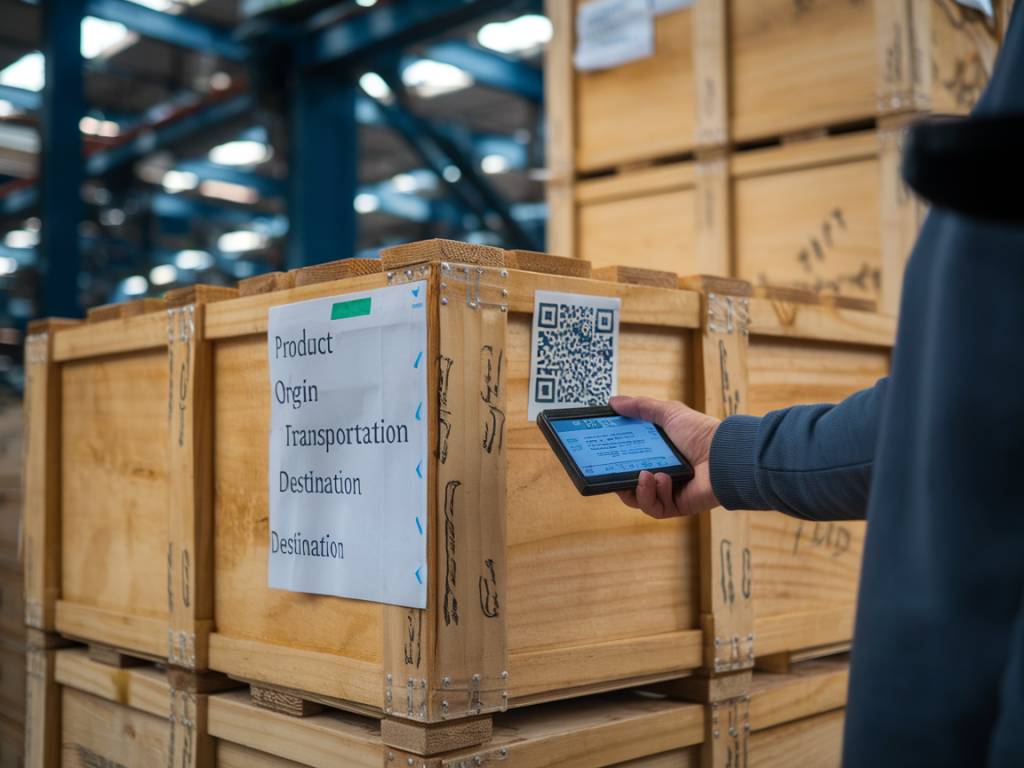The Power of Ancestral Wisdom: Indigenous Knowledge in a Changing Climate
When talking about innovation in climate resilience, our minds often turn to advanced technologies, data modeling, or policy instruments. But what if one of the most powerful solutions has been here all along—rooted in the oral traditions, ecological insights, and lived experiences of Indigenous communities?
From the Arctic tundra to Amazonian rainforests, Indigenous knowledge systems offer practical, time-tested approaches to navigating environmental changes. These systems are not just cultural heritage; they’re dynamic lenses through which communities interpret and adapt to a rapidly shifting world. In a time when climate impacts are intensifying, there’s urgent value in listening to and learning from these voices.
What Is Indigenous Knowledge?
Indigenous Knowledge (IK), sometimes referred to as Traditional Ecological Knowledge (TEK), encompasses the cumulative understandings, practices, and beliefs that Indigenous peoples develop through prolonged interaction with their environments. It is inherently place-based and transmitted across generations through storytelling, observation, and community rituals. Importantly, it doesn’t exist in opposition to science, but complements it—offering observations and methods grounded in centuries of lived experience.
For example, while a meteorologist might track rainfall using satellite data, a Sámi reindeer herder in northern Scandinavia can predict changes in snow patterns based on animal behavior and wind shifts—insights drawn from generations of intimate ecological awareness.
Adaptation is Embedded in the Practice
Indigenous knowledge systems aren’t static repositories of “old ways”; they’re responsive, adaptive, and innovative. In fact, adaptability is at their core. Take the case of the Indigenous communities in the Pacific Islands. Facing sea level rise, many are restoring ancient ridge-to-reef farming techniques—such as the Hawaiian ahupua‘a system—that integrate water management, agroforestry, and community stewardship to enhance both food security and ecological resilience.
Such strategies illustrate a form of resilience that is holistic—not focused solely on short-term survival, but on maintaining balance within complex ecosystems over time.
Fire as a Tool, Not Just a Threat
In Australia and North America, Indigenous fire management is gaining international recognition as a climate resilience strategy. For millennia, Aboriginal Australians practiced “cultural burning”—controlled burns designed to reduce fuel loads, promote regenerative vegetation, and protect sacred sites. This nuanced understanding contrasts sharply with modern fire suppression policies, which can ironically increase the risk of devastating wildfires.
California, for instance, is now working with Native American tribes like the Karuk and Yurok to reintroduce traditional burning techniques. These practices not only reduce the intensity of wildfires but also revitalize fire-adapted ecosystems and maintain biodiversity.
In a warming world marked by increasingly destructive wildfires, the idea that fire could be a friend—and not just a foe—is a paradigm shift made possible by collaborative learning from Indigenous stewardship.
Soil Wisdom beneath Our Feet
Modern agriculture often ignores the deep relationship between soil, water, and life. Yet, Indigenous farmers have long cultivated methods aligned with natural cycles. In the Andean highlands, Quechua communities use raised fields called waru waru—ancient earthworks surrounded by water channels that prevent erosion, manage frost, and improve yields. These techniques were practically abandoned during colonial times but are now being studied and revived as models of climate-smart agriculture.
Similarly, in Niger, the Haalpulaar people use a practice known as “zai pits”—small holes filled with organic matter—to restore degraded soils and trap rainfall. These practices not only boost food production, but they also regenerate land that would otherwise be considered beyond recovery.
Language as a Climate Archive
One of the most overlooked elements of Indigenous knowledge is language. Many Indigenous languages encode specific, detailed terms for ecosystems, species, and annual environmental cycles. When an elder speaks about a particular season through metaphors of “the return of red butterflies” or “the wind from the western cliff,” they are not being poetic—they’re recording climate shifts in tangible, observable markers.
This matters. In regions where meteorological data is scarce or nonexistent, such local indicators serve as real-time climate tools. But with the accelerating loss of Indigenous languages—currently estimated at one language disappearing every two weeks—this invaluable knowledge base is also at risk.
Barriers to Inclusion (And Why They Matter)
Despite their crucial knowledge, Indigenous communities are often sidelined in formal climate policy and decision-making. There are many reasons:
- Lack of legal recognition of land rights
- Cultural misunderstandings by global institutions
- Historical marginalization and structural inequalities
Yet studies show that where Indigenous peoples have meaningful control of their territories, biodiversity outcomes are often superior to nearby protected areas managed by state institutions. According to a 2021 report from the UN’s Permanent Forum on Indigenous Issues, Indigenous-managed lands house around 80% of the world’s remaining biodiversity. Clearly, if we’re serious about climate resilience and conservation, Indigenous leadership isn’t optional—it’s essential.
Building Partnerships, Not Tokenism
Collaborating with Indigenous communities should not be a box-ticking exercise. It should be rooted in principles of mutual respect, consent, and co-creation. In Canada, Indigenous Guardians programs support First Nations, Métis, and Inuit peoples in managing lands and waters according to their traditional laws. The initiative pairs traditional knowledge with scientific research, allowing Guardians to monitor wildlife, enforce conservation rules, and guide ecotourism—all while reinforcing cultural sovereignty.
These models aren’t just heartening; they are replicable. As Alex Morel would say, environmental justice and ecological resilience go hand in hand, and there’s little room for top-down solutions in a bottom-up crisis.
Reframing Resilience Through Indigenous Lenses
When we speak of « resilience » in climate discussions, the term often implies bouncing back to some previous state. But Indigenous perspectives offer a different view—resilience as the ability to transform, to adapt with dignity, and to sustain the equilibrium between human communities and the natural world.
In many ways, this worldview challenges the dominant narratives of exploitation and control. It asks us to sit with the landscape, not dominate it; to observe, rather than extract; to protect, not merely « mitigate. »
What Can We Learn—and Do—Today?
Whether you’re an environmentalist, a policymaker, or simply someone striving to live more sustainably, here are a few ways to meaningfully engage with Indigenous knowledge systems:
- Support land rights. Recognizing and protecting Indigenous territories is foundational to ecological stewardship.
- Elevate Indigenous voices. In academic research, media, and policy, space must be made not just for Indigenous participation—but for leadership.
- Challenge extractive paradigms. Whether it’s resource extraction or cultural appropriation, resilience starts by centering reciprocity, not exploitation.
- Learn locally. Wherever you live, someone was there before you. Understand whose land it is, and what knowledge traditions shaped it.
The road to climate resilience isn’t paved solely with innovation labs and carbon credits. Sometimes, it begins with listening—with humility—to those who have tended Earth’s rhythms for millennia. In doing so, we don’t just uncover old wisdom—we shape new ways forward.



